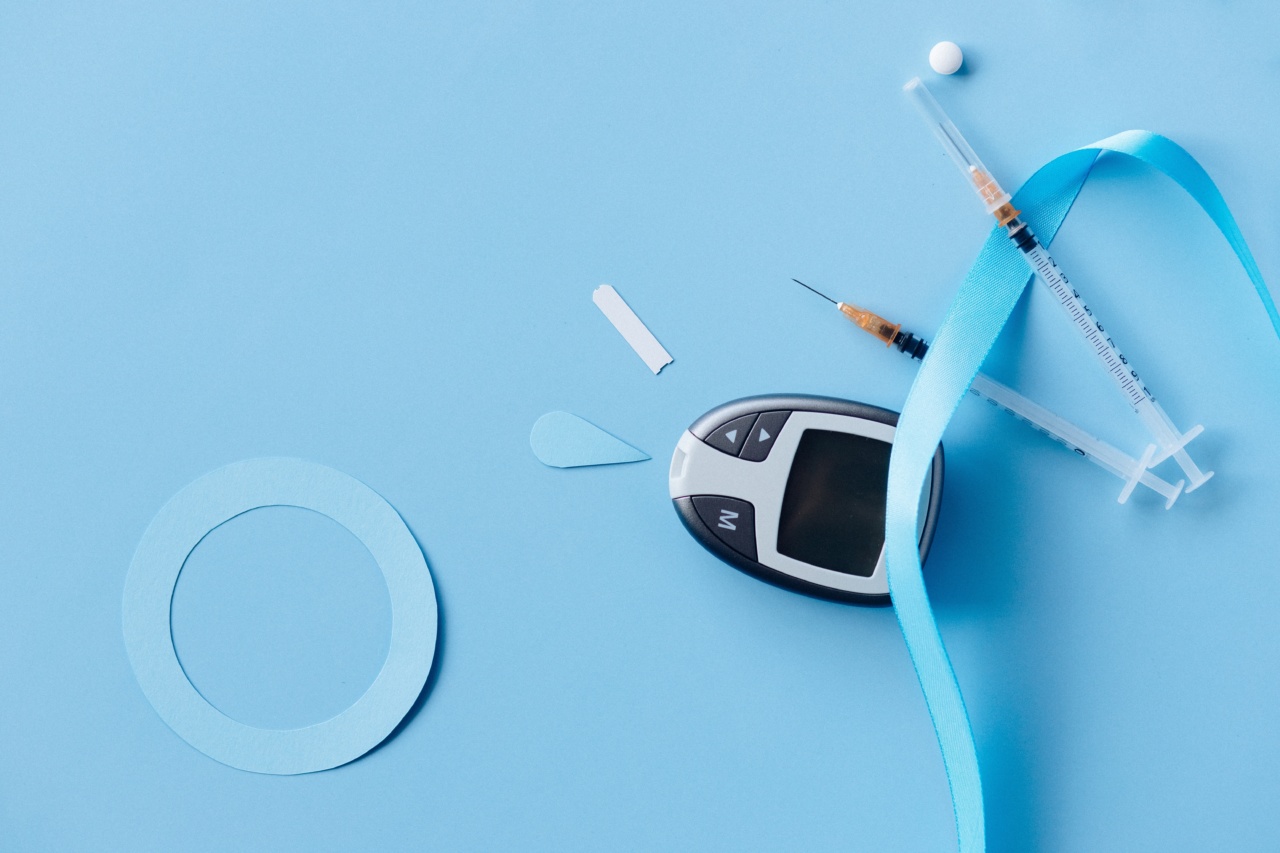Diabetes is a chronic condition that affects millions of people worldwide. It is characterized by high blood sugar levels resulting from the body’s inability to produce or effectively use insulin.
While several factors contribute to the development of diabetes, one key aspect that individuals can control is their diet. Cutting back on carbohydrates, especially those that are highly processed, can significantly reduce the risk of developing this debilitating disease.
The benefits of a low-carb diet
A low-carb diet, also known as a reduced-carbohydrate diet, is an eating plan that limits the consumption of carbohydrates. By reducing carb intake, the body is encouraged to burn stored fat for energy rather than relying on glucose derived from carbs.
This metabolic shift can have several beneficial effects, including:.
- Improved blood sugar control: By reducing carbohydrate intake, individuals can better manage their blood sugar levels, preventing the spikes and crashes that can contribute to the development of diabetes.
- Weight loss: Cutting carbs can lead to weight loss, which in turn can reduce the risk of developing type 2 diabetes. Excess weight is a known risk factor for diabetes, and shedding pounds can significantly lower this risk.
- Reduced inflammation: High-carb diets, particularly those rich in refined sugars and grains, can contribute to chronic inflammation in the body. By limiting carbohydrate intake, individuals can reduce inflammation, which in turn lowers the risk of developing diabetes.
- Improved heart health: A low-carb diet can help lower blood pressure, improve cholesterol levels, and reduce the risk of heart disease. Individuals with diabetes are at an increased risk of heart complications, making a heart-healthy diet important for diabetes prevention.
Monitoring your carbohydrate intake
Monitoring your carbohydrate intake is crucial when aiming to lower the risk of diabetes. While everyone has different carbohydrate needs based on factors such as age, activity level, and overall health, there are general guidelines to follow.
The first step is to understand which foods contain carbohydrates and to be mindful of portion sizes.
Foods that are high in carbohydrates include grains (such as bread, pasta, rice), starchy vegetables, legumes, and sugary foods and beverages.
It’s important to opt for complex carbohydrates found in whole grains, fruits, and vegetables, rather than those found in processed and refined products. These complex carbs provide essential nutrients and fiber, which are beneficial for overall health.
Monitoring carbohydrate intake involves counting grams of carbohydrates consumed per meal or day.
This can be done manually by reading food labels and using measuring cups, or with the help of smartphone apps or online resources that provide nutritional information. Consulting with a registered dietitian can also be helpful in creating a personalized carbohydrate intake plan.
Tips for making healthier food choices
Adopting a low-carb diet doesn’t mean you have to sacrifice taste or variety. Here are some tips for making healthier food choices while reducing your carbohydrate intake:.
- Choose whole, unprocessed foods: Opt for fresh fruits and vegetables, lean proteins, and whole grains such as quinoa or brown rice. Avoid processed foods that are often high in added sugars and unhealthy fats.
- Swap refined grains for whole grains: Instead of white bread, choose whole wheat or multigrain bread. Replace regular pasta with whole wheat or chickpea pasta for added fiber and nutrients.
- Substitute sugary drinks with water or unsweetened beverages: High-sugar drinks like soda and fruit juices are packed with carbohydrates. Stay hydrated with water, herbal tea, or unsweetened beverages.
- Snack smartly: Choose low-carb snacks such as nuts, seeds, Greek yogurt, or fresh fruit. Avoid sugary snacks, chips, and processed snacks that are often high in carbs.
- Experiment with low-carb substitutes: Explore alternatives like cauliflower rice, zucchini noodles, or lettuce wraps to replace high-carb ingredients in your favorite recipes.
Remember, incorporating physical activity into your routine and maintaining a balanced diet are essential aspects of diabetes prevention.
Cutting carbs is just one part of the puzzle, but it can have a significant impact on reducing your risk of developing this chronic condition.






























